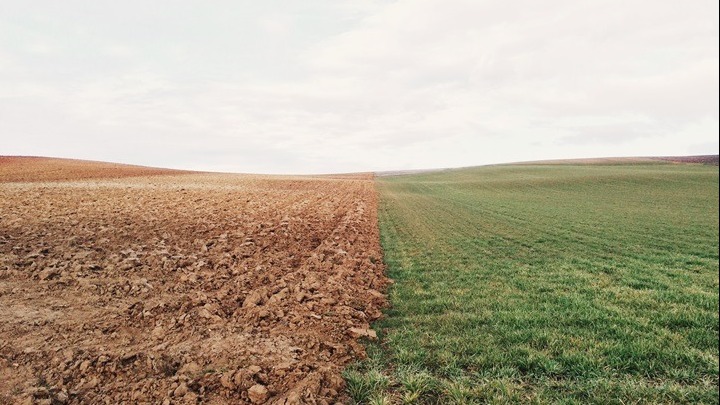Within a generation, a combination of rising global temperatures and humidity will make outdoor working increasingly difficult and even life-threatening, with significant implications not only for the health of the agricultural labour force, but also for food production in major economies such as China, India, Brazil and the US.
Agriculture ranks highest for both current and future heat stress risks in Maplecroft's new Industry Risk Analytics dataset, which measures 51 different risks for 198 countries across 80 industries. The data reveals that heat stress already poses an extreme risk to agriculture in 20 countries.
That number rises to 64 under future climate conditions, according to an RCP8.5 worst case high emissions scenario, modelling 2°C of warming above pre-industrial levels by mid-century. This will affect countries that currently account for 71% of global food production, with crops such as rice, cocoa and tomatoes set to be worst affected.
Extreme heat is a cross-cutting risk.
It damages crops and lowers yields while triggering fatigue and nausea among outdoor workers, in turn lowering productivity and overall output.
These impacts are felt most acutely by countries where agriculture is heavily reliant on the productivity of outdoor labourers. India, responsible for 12% of global food production in 2020, is by far the largest agricultural producer rated extreme risk for heat stress in the current climate – only Eritrea, Djibouti, Bangladesh, UAE, South Sudan, and Oman have a higher risk.
And this exposure is already impacting global food security: in May 2022 a heatwave scorched India’s harvests, prompting Delhi to impose a ban on wheat exports. The decision was a blow to the international community, who had looked to India – the world’s second largest wheat producer – to fill the supply gap caused by Russia’s invasion of Ukraine.
Looking ahead to 2045 shows that the outlook is only set to grow bleaker, with heat stress set to pose an extreme risk to agriculture in over 30% of countries. Nine of the 10 worst affected are in Africa, and the continent is also home to the only three countries that receive the worst possible score of 0.00: Ghana (the world’s second largest producer of cocoa), Togo and Central African Republic.
Brazil, the world’s third largest agricultural producer and a primary source of staple foods including oranges, soybeans and sugarcane, is forecast to slip into the extreme risk category within a generation.















